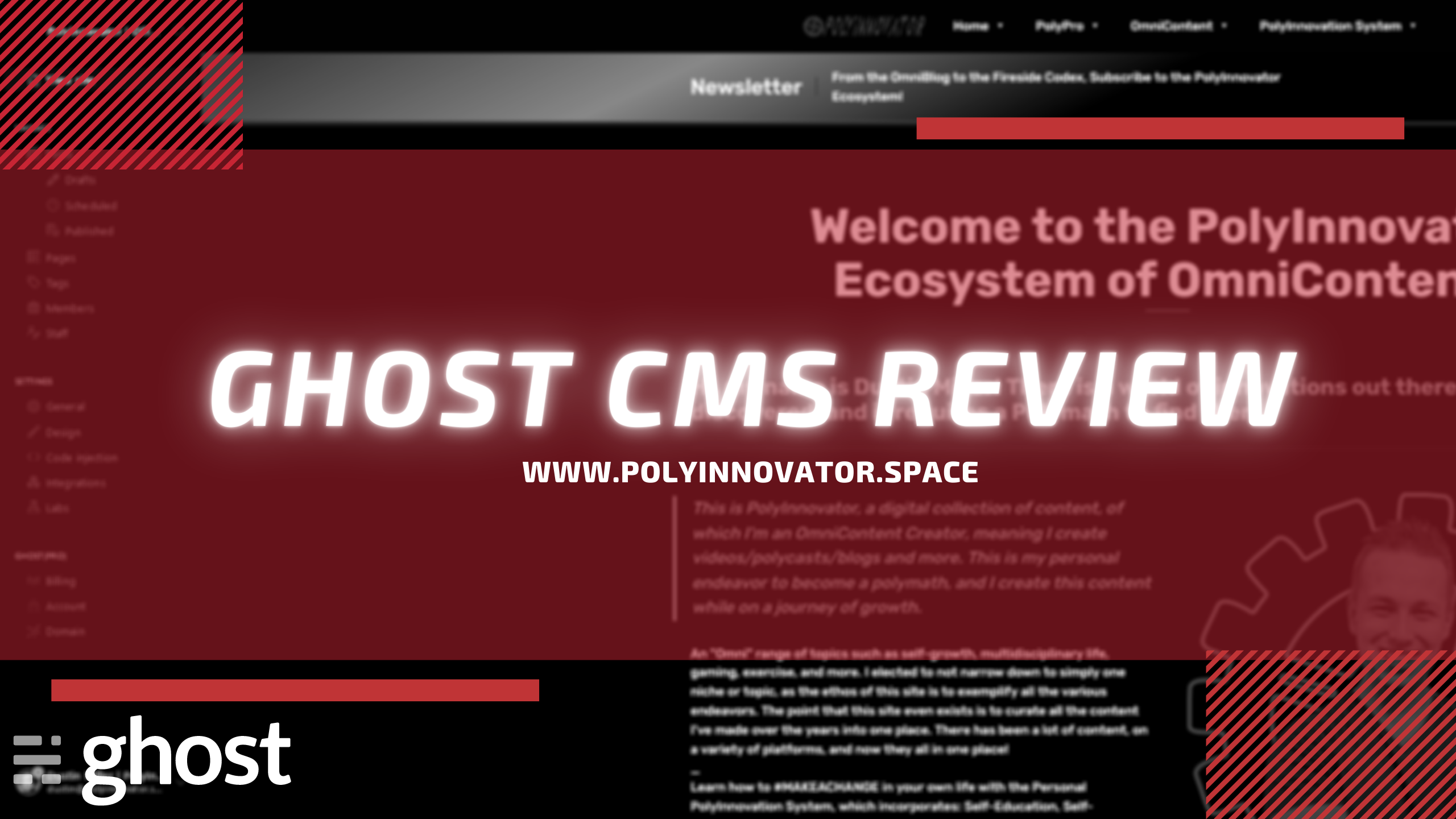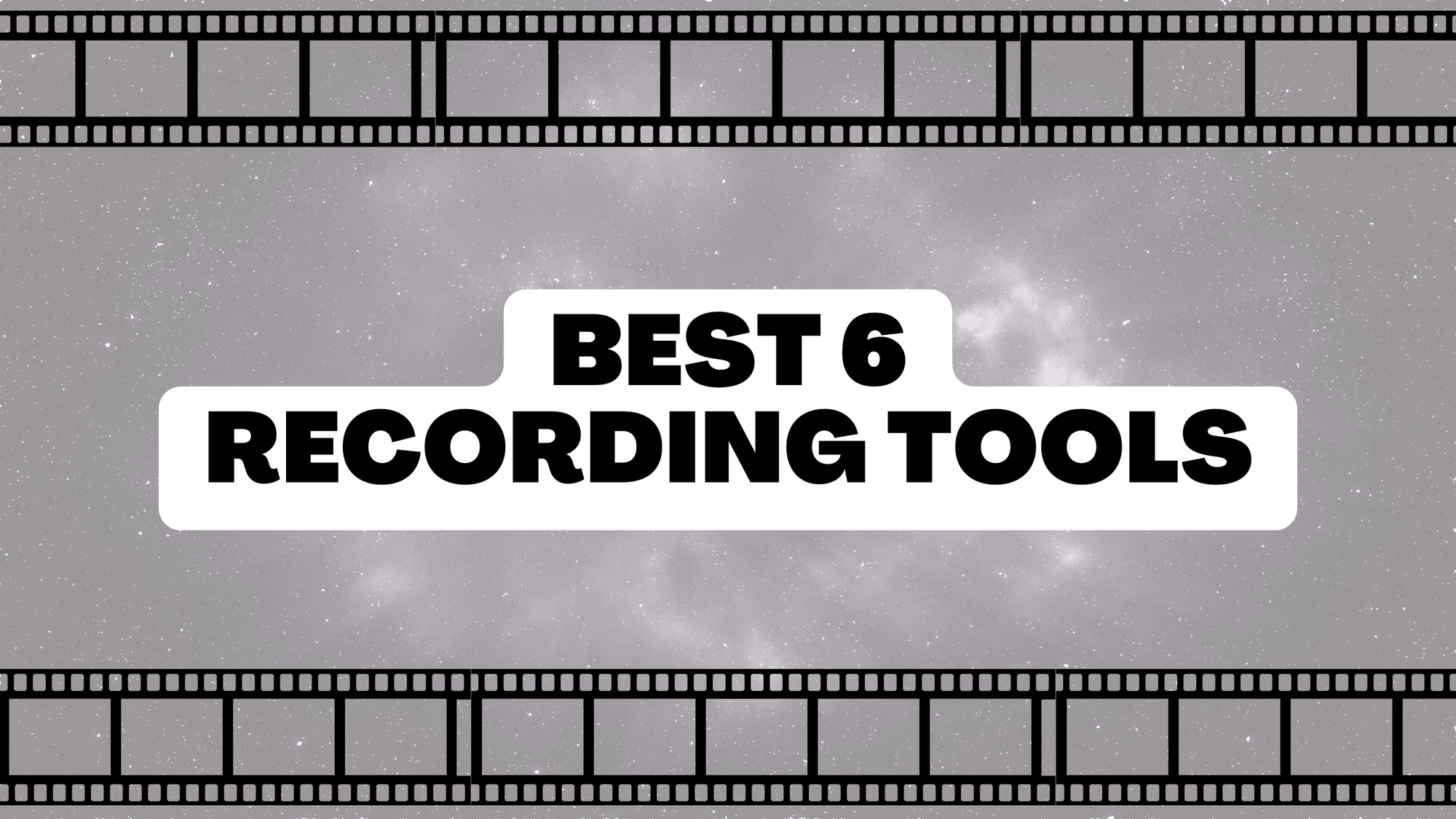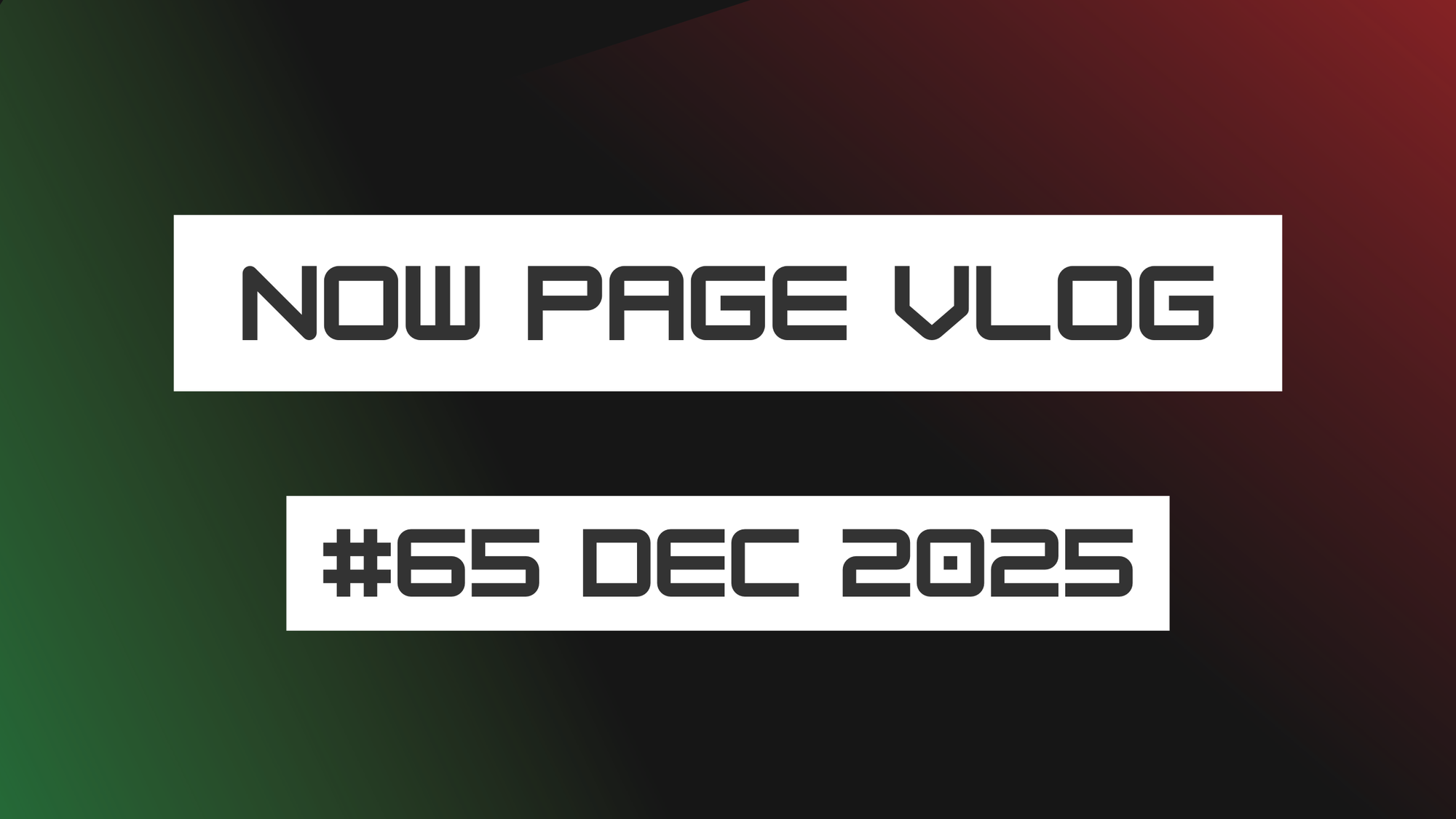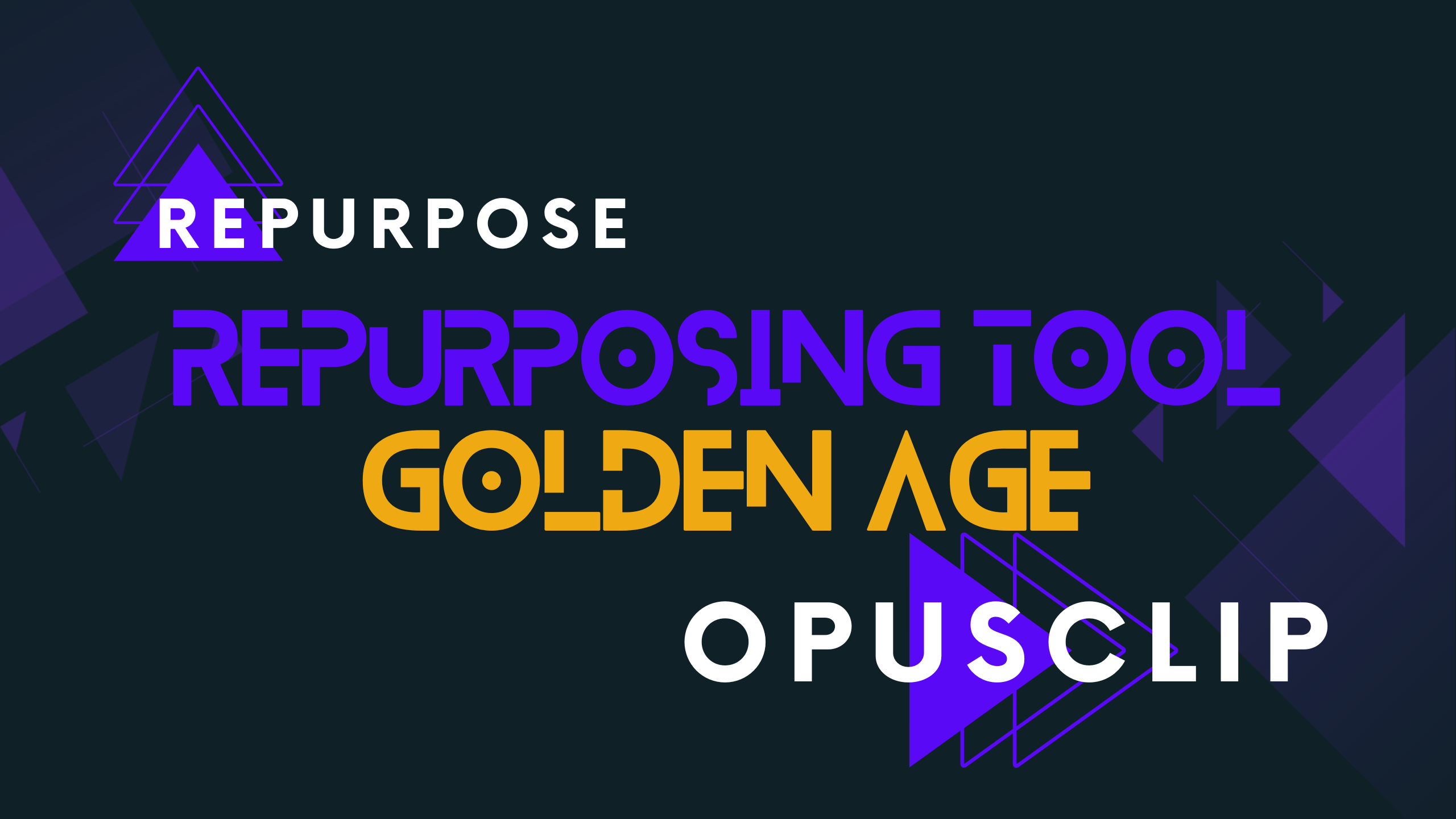UPDATE: Revue is discontinued.
I know that is a lot in the title, but I wanted to compare all of the tech sites for newsletters.
I have used all of these except for the newest one at the end, at the time of this writing however, and I do intend on playing around with Paragraph and Mirror.
There are a lot of posts out there comparing Substack to Ghost, or Beehiiv to Substack, Revue somewhere in the mix (although with this Twitter acquisition perhaps Revue is not the safest platform to be on!), and so forth.
Each of these tools bring something unique to the table, which I'll try to highlight, as well as different pricing models. It is almost as if we need to compare all of these to Substack, as it is what most people think of in the current moment for creating a newsletter. However it is certainly far from the only "best" option!

Substack
I actually started the Fireside Codex on Airtext.xyz, an extremely simple micro-blogging platform, but quickly moved it over to Substack. As at the time I wanted it separated from the OmniBlog. I found the Substack platform to be intuitive, minimalist, and almost like a new Medium.com when it came to the virality features.
Design:
As I mentioned it is minimalist, QUITE minimalist actually, and that is also a fault. There are limited options (a lot like Medium back in the day) on how your site is designed, and that makes pretty much every one of the blogs/newsletters on the platform look the same.

It is great for page load times in my experience, and honestly gives the focus purely to the writing itself. I actually picked a unique design for mine, as it was a new "theme" option out of two.
Pricing Model:
The platform itself is free for use, and if you start to do paid subscriptions they only take 10%. For most beginner writers this is a cost that can be easily forgotten, as 10% isn't a whole lot at first, but as you gain even more of a following. The income starting to grow into a large pool, then it may be time to think about moving. Great place to start for people who can't afford to pay for a platform!
Unique Features:
They have a beta feature to host videos, and a podcasting feature thats coming more and more out of beta. I have tried it a little bit, and a fellow content creator I know well actually uses the podcast feature heavily. It seems to be a great platform for multi-format creators like myself. I.e. the PolyInContent series for example.
They also have a sort of networked community of writers and newsletters, that you can natively find on the platform.
Strongest Competition:
I'd argue that Revue isn't really much of a threat, so the only two I am worried about for Substack's future is Ghost and Beehiiv. The latter having unique features like referrals, and other features for paid plans (I didn't get that far to test them out).
Ghost on the other hand is like Substack but better in a lot of ways. You have full control over the theme like in Wordpress, but also the minimalist nature of Substack. There is even a theme to make your Ghost LOOK like substack (I believe it is called Substation).
My Personal Opinion:
I really enjoyed Substack, and the clean interface made it easier to get into the writing mood. Compared to Medium or Wordpress, as Ghost was similar experience too. Beehiiv I had issues with their interface, which I'll get into later on. As for the platform itself I almost didn't want to leave, both times that I did, but my main site won out. Just note that it takes a lot for me to be that attached.
"Substack is overly minimalist" - Me to my roommate
Bonus | Longevity Factor:
I think they have a lot of great things going for it, including a ton of information videos or interviews on how to build a newsletter. I listened to a lot of podcasts about it, which helps for more people to find it. A lot of big names use it as well as their main writing platform. It seems to be a great place for journalists too.

Beehiiv
A more new kid on the block, and I found to be continuously impressed with their presentation, features, and founders.
The design is already a bit more "pretty" if you will than Substack, but less than Ghost. You have the option to easily place your socials, and it is a bit more condensed (in a good way) with the home page.
There is a pretty extensive amount of things you can do to make your branding, email design, and blog post SEO all do. Which is certainly impressive for a tool like this. Even Ghost doesn't have all of the same features, and I'd argue it would be the most feature set of them all. Beehiiv being a second to it, but not by a whole lot (Keep in mind though with Ghost you can code into it too however).
Design:

With a modern interface, and easy for the most part to use. I did run into some user interface or user experience in particular annoyances when it came to actual writing interface I want to note. As it takes more clicks to get to where you want to go, and the user interface design could use some simplification.
Pricing Model:
To me the pricing model seems fair, and it takes a more Saas approach to the elevation of prices. The free tier really does give you want you need to get started, and one might argue more than what other tools on this list would give for free; However the prices are pretty steep for the paid plans, so if you are making the income from your newsletter then it is worth it. If not then probably think carefully!
Unique Features:
Premium subscriptions aren't always an easy thing to manage, but it seems that Beehiiv separates them well.
They also have a built in referral program at the highest pay tier.
One thing I just noticed too is the A/B testing as well!
Strongest Competition:
I think that Ghost and Substack are probably the biggest legs in the race for competition. Although Beehiiv is sort of in the middle of the two for use cases. Substack is a big more similar, but also on the lighter end. On the other side you have Ghost with more to offer, but costs money even at the lowest plan.
My Personal Opinion:
I like where the tool is going, and even though it has only been on my radar for a short time there is a lot to be said about it. Also one of the Founders followed me after joining, which I thought was really cool of them. Meaning they are taking new users very seriously, and that also includes the platform itself.
UPDATE: I have continuously had usability issues on the user experience front. Having to click through multiple layers to do something simple, or even couldn't find what I was looking for at all.
Bonus | Longevity Factor:
I think it is playing the right cards at the right times, maybe needs some user experience fixes to be fully useful. Although in the long run it has more going for it than Revue, or even Substack in some ways.
Note: Substack and Beehiiv seem to have different goals to reach in the product niches.

Revue
UPDATE: As I said at the top, this tool is no longer up and running. Twitter shut it down like Vine and Periscope before it. I thought I might as well leave this section up though for historical sake.
Owned by Twitter it seems that many users on that platform use Revue for the native integration. If you can get it to work, then you have a native subscribe button on your Twitter profile!
I never could get it to work, and customer support literally sent me to the wrong place/ didn't help.
I really loved the author bio too.
Design:
As you can see in the picture above there is a lot to be desired when it comes to the look and feel of the page. It really is rather email focused, and creating a curation of posts type emails too.
Not much to say, as the main feature of the writer is the RSS feed. A little clunky in the actual use case of the blocks when writing too!

Pricing Model:
From what I can tell it is purely free, and that is something that can't be understated.
Unique Features:
You can connect sources to automatically pull in a micro rss feed next to your article, in case you want to do a showcase of various posts you made on your main site. Or perhaps videos, podcast, or other creator post curation.

Strongest Competition:
Really it is the weakest option on the list, and so all of the other providers can be solid alternatives. One might say all of them are.
My Personal Opinion:
You might be able to tell from how I made this section review, that I am not the biggest fan of the tool. I only made one post in it because it got too tedious, and then I tried making another and it locked me to the last one I had in draft. Basically meaning you focus on one at a time, when I sometimes jump around between drafts if an idea works better in a future entry.
Bonus | Longevity Factor:
It is it's own thing from Twitter, but depending on how the main company transitions in the next few months due to the acquistion. It may not last, and Twitter is known for deleting platforms they acquire (RIP Vine, RIP Periscope).

Paragraph.xyz
A new kid on the block, which also happens to be built on the Web3 decentralized internet.
There are a lot of unique takes that this platform can offer over literally every other one on this list. However you are really going to be early on the web3 front, as people aren't going to all be having the right kind of wallets. Even knowing what a wallet or NFT are.
Design:
The writing is in markdown like how Ghost CMS or Notion do it, and I found that it came comfortably for me since I use both of those.
I will say that it is lacking anything new when it comes to markdown, so you can't add like buttons or subscribe code in the buttons to make your post more interactive.
The menu design seems clean and modern. It does also allow you to change the text of the welcome email. Note: It actually has a welcome email!


As you can tell it has a very simple design. Perhaps because it is new, and to me that is what it feels like. The start of Substack was the same way, and at least here you can change the background color (from the launch of the app, rather than waiting for Substack to add that), and the buttons seem eye catching too.
Pricing Model:
Since it is built on the blockchain the payment model is that of the same type. It is built into the technology itself, and you can send out tokens from your content, as well as get paid for your content through it.
I'm not explaining it well, so I'd honestly would learn more about how DAO's and the Blockchain work to understand better!
Unique Features:
I think it is better if I just screenshot this:

Given the nature of the technology, it allows for whole new ways of interacting with your audience. While also getting paid in more private way, without having a whole bunch of third parties i.e. banks.
Strongest Competition:
Mirror.xyz is the only other writing platform on the blockchain I think could say it competes with them on the web3 front. As I don't see Hive.blog (steemit), or airtext.xyz becoming a competitor anytime soon.
Given how it looks like early versions of Substack, I would argue that it or Beehiiv are other competitors too.
My Personal Opinion:
Mind you I just found it this week, and I just joined in the time frame of me writing this post. So that I could give a proper preview however...
I'm not enamoured with the overall design. I like the clean writing interface, and the minimalist page you get from the tool itself isn't bad. Leaves a bit to be desired considering what you can do with other tools. I mean look at how my Substack looks with the newish theme they added.
Meaning that even Substack has a better design language. However I am super excited to see where this tool goes. I may even use it alongside Ghost, but we saw how that turned out for Substack and Beehiiv. Just not sure!
Bonus | Longevity Factor:
Given how it is basically the newest one on this list, although maybe around the same age as Beehiiv. There is plenty of time for it to die out, just like a LOT of blockchain based platforms I have seen go out.
Although I will give credit where it is due, the website homepage is designed remarkably well. I find that when a homepage is designed well it does lead to a boost in how well that organization performs.
It is built on the web3, and so it is going to be growing with the new wave of the internet.


Ghost CMS
Honestly the most robust on this list, as it is more of a competitor to WORDPRESS, rather than Substack. However there are many reasons as to why I went with this option in the end.
Firstly, it is built on new age coding technologies (although I guess Node is getting sort of old now haha), and it has a nice minimalist philosophy all throughout.
That philosophy did get in the way a FEW times, but mostly that is because of how complex my content ecosystem can be.
Design:
For most people I think the themes on the actual Ghost marketplace are sufficient, but for others I'd suggest going to the Github search for Ghost themes. Look there for something unique, and find one you like. I went through all 3000 repositories on there just to find the "best" one, at least for my needs.
The writing part is clean, and when I made the switch to it over Wordpress it was like night and day when it came to the metawork. No longer having to clutter yourself with plugins, and it comes with basic SEO built in (not to mention pretty easy to access from the post editor).
The admin dashboard is informative (espeically after the recent update), and the design part of the site is pretty easy to use. Especially if you go for something not as custom like I did.
Pricing Model:
Here is where it gets tricky. You CAN self-host it on various providers out there like Wordpress, but just like Wordpress if there are any problems with the host. You have to go into the Cpanel yourself and fix them, so I opted into going for Ghost PRO.
Probably one of the most pricey on this list, but one that I have not regretted paying for. Even though I have barely grown the in the time that I have dumped my money into it.
Personally it was worth it for what I wanted out of my personal brand site and newsletters.
Unique Features:
MULTIPLE NEWSLETTERS! I can't believe that pretty much each of the other tools, including even Wordpress; Can't really have more than one newsletter per publication. I think maybe there could be a separation between paid and free ones, but you can't really have more than one free or paid one each per publication.
On my tier of the Ghost plan I can have up to three, and I think on higher tiers it might be 5 or unlimited.
Custom coding and theemes! I had to hard code my drop down menu into my site, but in doing so I have a super unique Ghost CMS site.
Really clean reading interface with built in features like next/previous post, related posts, and more.
A super intuitive search function.
Light and dark mode.
And more!
Strongest Competition:
Wordpress... technically, and I'd argue out of this list it would be Beehiiv and Paragraph. Despite being the newest ones on the block, they bring unique features to the table that Substack can't compete with yet.
My Personal Opinion:
I'll just leave my review instead!

Bonus | Longevity Factor:
Since it is open source I think that will help it survive longer than most pay to win organizations. The community also seems to be super helpful too when you're in need.
While it is still growing, there are a lot of big names like Buffer or Duolingo that use the platform.
Here are all of my own publications on each of the platforms!
Substack

Beehiiv
https://polyincontent.beehiiv.com/
Revue
.png?1638930616)
Paragraph
Note: Brand new as of the time of this writing, and so nothing is on there. I haven't started the PolyInnovator Gaming phase yet, but I intend on making a newsletter for when I do eventually!
Ghost

Conclusion of the Competition
Now there is a reason why that after all of that I chose to go with Ghost CMS, even after I started this Ghost site I tried out Substack again. I also tried out the other platforms as well. In the end the sheer amount of things you can do with your Ghost site, and the level of control I have over my multiple formats of content were what won me over.
Now maybe for you there is only written and audio to worry about, or just written and video, or maybe just writing only (please do more than just written if you can).
In those cases then maybe another tool would work best, but keep in mind you can always just switch down the line. I've done it more than a handful of times myself. Beehiiv may be great to get references, and build up an audience. Conversely, Substack might be great because of the networking. Maybe you want to prepare for the world of Web3, and so you join Paragraph to get a headstart.
In any case you have to do what is best for you, and I may think in my professional opinion that Ghost wins it out. I am going to keep my eye out on Paragraph however!
Bonus Resources:



![Official Website for Dustin Miller PolyInnovator [LLC]](https://polyinnovator.space/content/images/2025/03/polyinnovator-logo-2024.png)
















